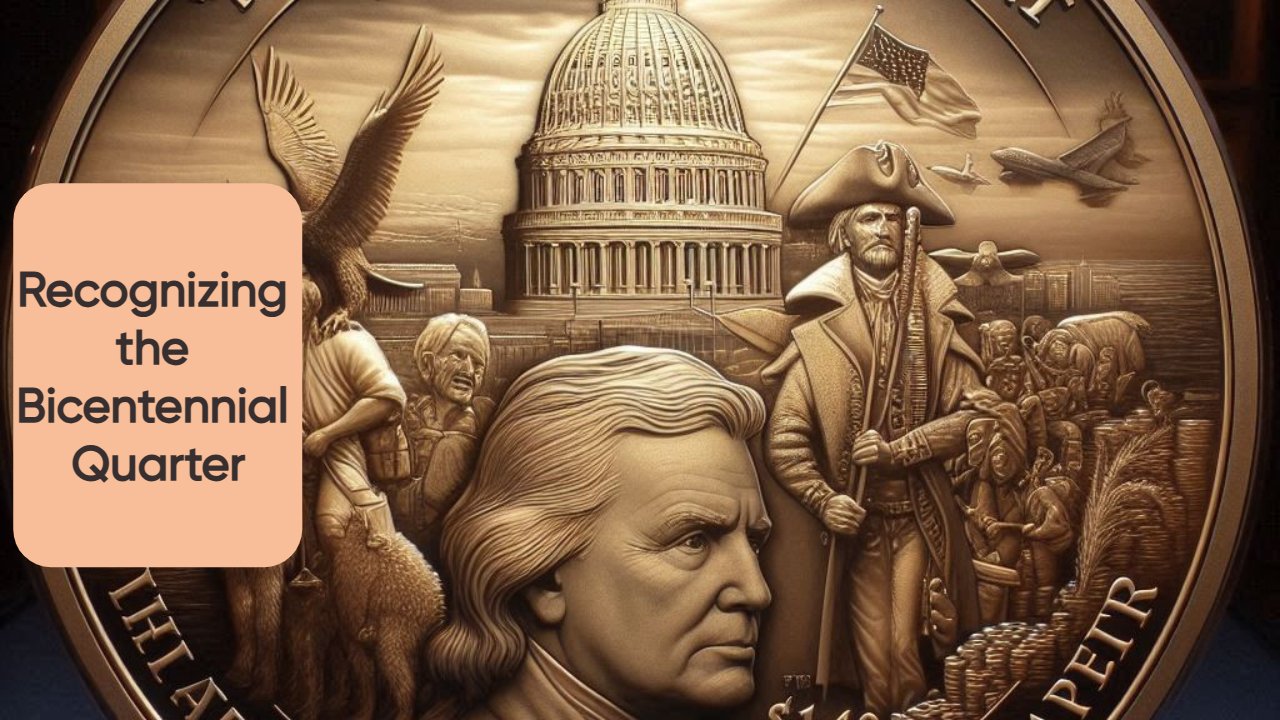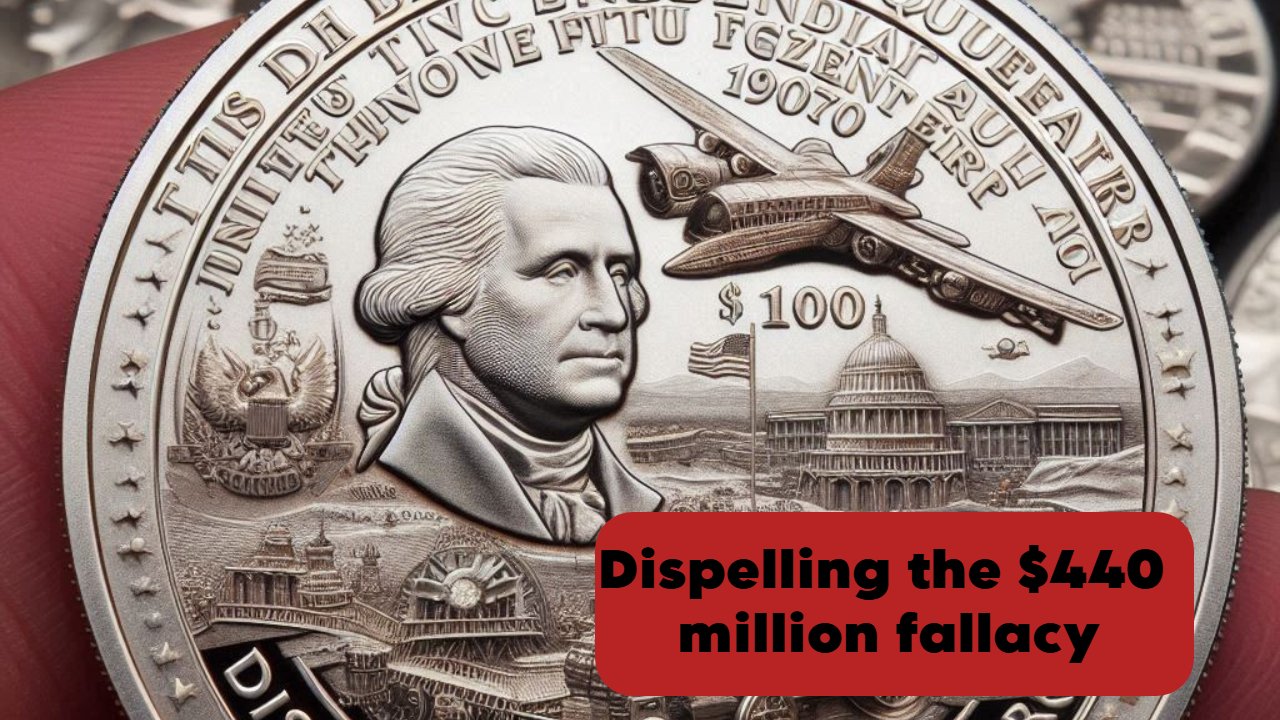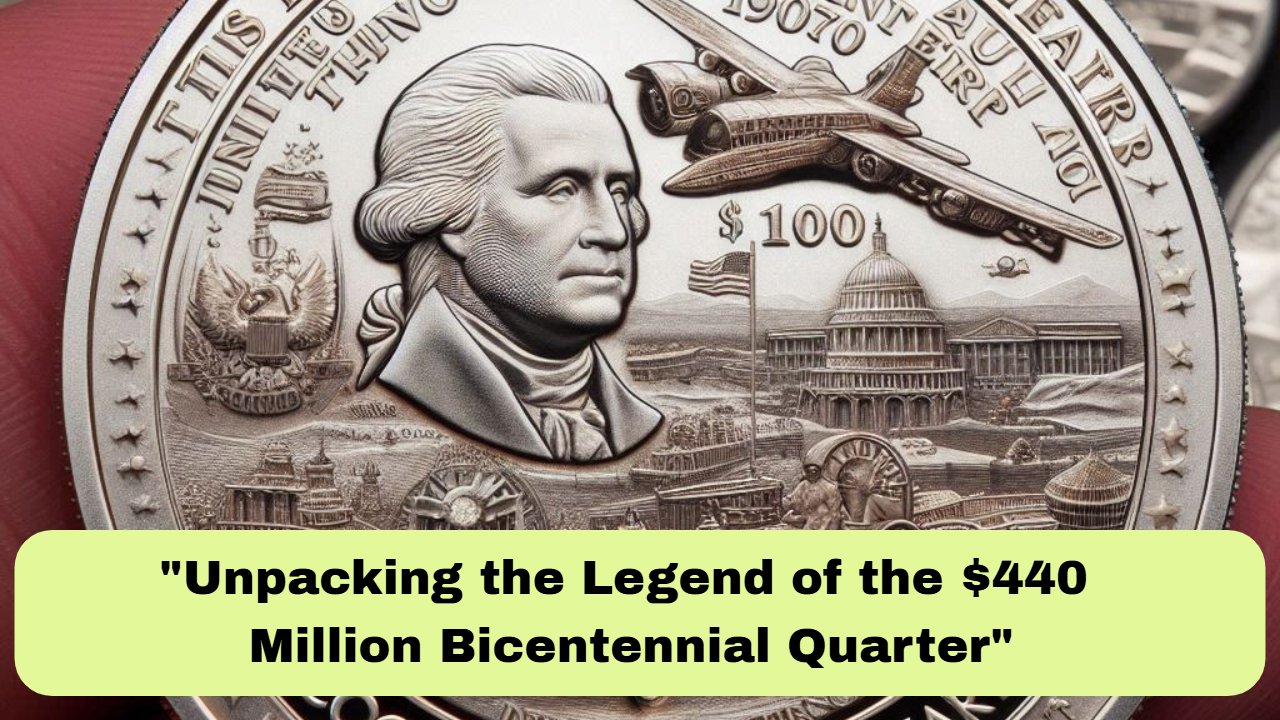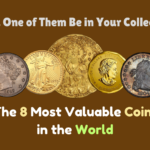Particularly among coin collectors, the 1976 Bicentennial Quarter—issued to honor the 200th anniversary of the United States—is quite sought for. However, certain recently made allegations that some Bicentennial Quarters could be worth up to $440 million have attracted a lot of interest. This page clarifies the background of this assertion, the actual worth of these coins, and how one might spot possibly valuable coins.
Starting point for the $440 million claim
Some online posts and web stories seem to have started the argument for a Bicentennial Quarter costing $440 million. One web story, for instance, “8 secretly valuable quarters and dimes stashed in your change jar – which could be worth up to $440 million.” It argues that some uncommon quarters, including the Bicentennial Quarter, can be rather valuable. Still, these assertions lack any competent coin specialists’ endorsement and no trustworthy references.
Recognizing the Bicentennial Quarter

Issued in 1976 to honor 200 years of America’s freedom, the Bicentennial Quarter is specialty is that the reverse side shows the image of a colonial drummer and the double date “1776–1976”. Large numbers of these quarters were struck at numerous mints, including San Francisco (“S”), Denver (“D”), and Philadelphia (no mint mark).
Actual worth of the bicentennial quarters
Though regular Bicentennial quarters are sold primarily at face value, several variations and minting mistakes might raise their worth:
- Mostly for collectors, several Bicentennial Quarters were struck in 40% silver. These surpass the copper-nickel models in value.
- Proof coins—especially those with the “S” mint mark—were created of better quality and are more sought after by collectors.
- Errors and Varieties: Quarters with minting mistakes—such as double strikes or misalignments—may be valuable.
Estimated Values of Notable Bicentennial Quarters
| Type | Mint Mark | Composition | Estimated Value |
|---|---|---|---|
| Standard Circulation | None/”D” | Copper-Nickel | $0.25 – $1 |
| Silver Uncirculated | “S” | 40% Silver | $5 – $10 |
| Silver Proof | “S” | 40% Silver | $10 – $15 |
| Error Coins (e.g., Double Strike) | Varies | Varies | $100 – $1,000+ |
Dispelling the $440 million fallacy

It is baseless to assert that the Bicentennial Quarter could be worth $440 million. Selling for about $18.9 million, a 1933 Saint-Godin’s double eagle is among the most costly coins ever sold. None prior bicentennial quarter has come anywhere near this level of cost. Such amazing assertions should always be taken with great care; one should consult any trustworthy source or competent assessors.
How to Recognize Worthful Bicentennial Quarters
Take note if you wish to find out if your Bicentennial Quarter is worth more than face value:
- Review the Mint Mark. To the right of Washington’s hair ribbon, the Mint Mark is on the front side of the quarter. Marked with a “S,” it comes from the San Francisco Mint, maybe indicating silver content.
- Check the state of the coin: More valuable are proof condition coins or uncirculated ones.
- Look for mistakes: A coin with an error, such as a double strike or misalignment, may be worth more.
- Verify the composition: The color and weight difference between silver coins and copper-nickel coins helps one recognize them.
Conclusion:
Though based on false information and inflated assertions, the story of the $440 million Bicentennial Quarter has fascinated many. Though some Bicentennial Quarters have value beyond face value—especially ones with silver content, proof finishes, or rare minting errors—they do not approach the advertised sum. To know the actual worth of their coins, collectors should approach such claims carefully and look for credible sources and professional assessments.
FAQs:
Are Bicentennial Quarters actually rare?
Bicentennial Quarters are not rare; they were produced in large quantities for circulation in 1975 and 1976. However, specific varieties, like silver composition quarters or coins with unique minting errors, are less common and can have higher collectible value.
What makes some Bicentennial Quarters more valuable than others?
Certain factors, such as silver composition, proof quality, or minting errors, increase the value of a Bicentennial Quarter. Proof coins, for example, were made with greater detail for collectors and may have higher value if kept in pristine condition.








